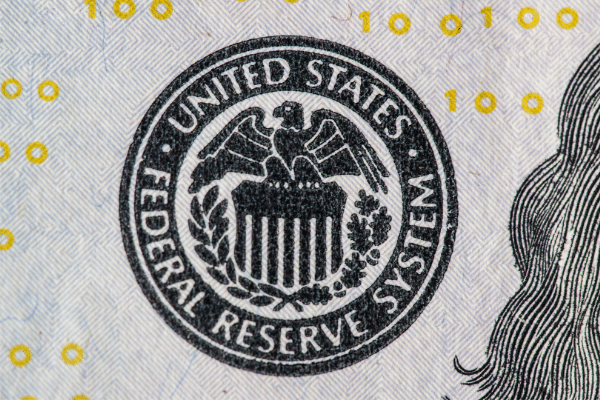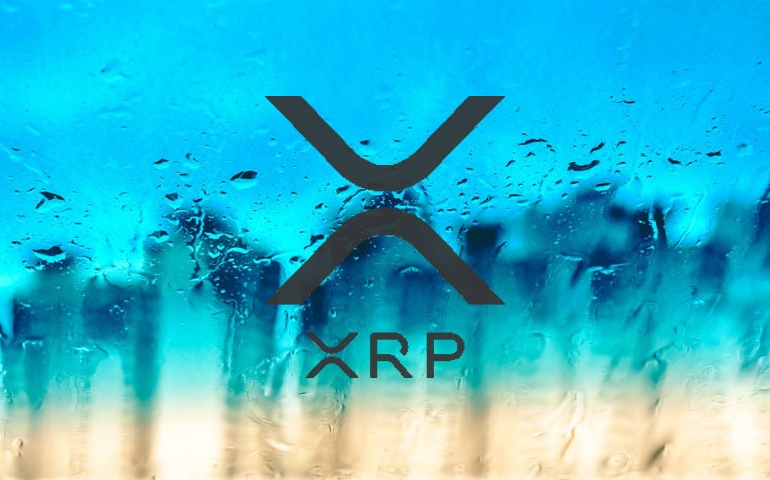
- On Tuesday, Powell sought to affirm the Fed’s commitment to taming price pressures, vowing to raise interest rates to a level that actively constrains demand, if necessary, until “clear and convincing” evidence that inflation was coming back to 2% was seen.
- Central bankers are having to contend with a swathe of variables that make policymaking particularly difficult, many of which are out of their control and that lack of clarity will continue contributing to market volatility.
Inflation is a hot-button political issue.
With the cost of living soaring in the United States and midterm elections looming which could see the House and the Senate handed back to the Republicans, U.S. President Joe Biden risks becoming a lame duck for the latter half of his term.
Although the U.S. Federal Reserve is intended to be non-partisan, political appointees won’t soon forget the hand that rocks the cradle.
And while U.S. Federal Reserve Chairman Jerome Powell is a Trump-era appointee, his second term as head of the central bank was blessed by Biden.
Which explains Powell’s steely-eyed resolve to do everything Fed can to reign in price pressures.
On Tuesday, Powell sought to affirm the Fed’s commitment to taming price pressures, vowing to raise interest rates to a level that actively constrains demand, if necessary, until “clear and convincing” evidence that inflation was coming back to 2% was seen.
So far, the Fed has raised interest rates by 0.25% and 0.5%, pledging to keep the pace of hikes at 0.5% at the next two meetings, but a fourth 0.5% raise may be on the cards if inflation does not come to heel.
Headline inflation data from April suggests that the pace of price increases may be slowing, having risen to 8.3% from 8.5% previously, but it’s still too early to call a turnaround.
Markets have priced in a federal funds rate of around 2.8% by the end this year, a sizeable jump from current levels of between 0.75% to 1%.
Anything between 2% to 2.5% is seen as the “neutral path” for the Fed, not so high that it risks causing a recession, but not so low as to stoke the fires of inflation.
The Fed is caught in a bind because it’s not at all clear that post-pandemic demand is the sole cause of price pressures, but unprecedented supply-side issues.
China’s zero-Covid policies have snapped already stretched supply chains, at a time when retailers will be looking to slowly build up inventories ahead of the summer shopping season and year-end sales.
The Russian invasion of Ukraine has also roiled commodity markets, affecting the price of everything from food to fuel.
None of these inflationary pressures can necessarily be fixed through interest rates alone, but the Fed must seem to at least be doing something.
On the sidelines of a Wall Street Journal event, even Powell himself conceded that the war in Ukraine has “added to the degree of difficulty to what was already a challenging project.”
Central bankers are having to contend with a swathe of variables that make policymaking particularly difficult, many of which are out of their control and that lack of clarity will continue contributing to market volatility.



